HSBC 2010 Annual Report Download - page 167
Download and view the complete annual report
Please find page 167 of the 2010 HSBC annual report below. You can navigate through the pages in the report by either clicking on the pages listed below, or by using the keyword search tool below to find specific information within the annual report.-
 1
1 -
 2
2 -
 3
3 -
 4
4 -
 5
5 -
 6
6 -
 7
7 -
 8
8 -
 9
9 -
 10
10 -
 11
11 -
 12
12 -
 13
13 -
 14
14 -
 15
15 -
 16
16 -
 17
17 -
 18
18 -
 19
19 -
 20
20 -
 21
21 -
 22
22 -
 23
23 -
 24
24 -
 25
25 -
 26
26 -
 27
27 -
 28
28 -
 29
29 -
 30
30 -
 31
31 -
 32
32 -
 33
33 -
 34
34 -
 35
35 -
 36
36 -
 37
37 -
 38
38 -
 39
39 -
 40
40 -
 41
41 -
 42
42 -
 43
43 -
 44
44 -
 45
45 -
 46
46 -
 47
47 -
 48
48 -
 49
49 -
 50
50 -
 51
51 -
 52
52 -
 53
53 -
 54
54 -
 55
55 -
 56
56 -
 57
57 -
 58
58 -
 59
59 -
 60
60 -
 61
61 -
 62
62 -
 63
63 -
 64
64 -
 65
65 -
 66
66 -
 67
67 -
 68
68 -
 69
69 -
 70
70 -
 71
71 -
 72
72 -
 73
73 -
 74
74 -
 75
75 -
 76
76 -
 77
77 -
 78
78 -
 79
79 -
 80
80 -
 81
81 -
 82
82 -
 83
83 -
 84
84 -
 85
85 -
 86
86 -
 87
87 -
 88
88 -
 89
89 -
 90
90 -
 91
91 -
 92
92 -
 93
93 -
 94
94 -
 95
95 -
 96
96 -
 97
97 -
 98
98 -
 99
99 -
 100
100 -
 101
101 -
 102
102 -
 103
103 -
 104
104 -
 105
105 -
 106
106 -
 107
107 -
 108
108 -
 109
109 -
 110
110 -
 111
111 -
 112
112 -
 113
113 -
 114
114 -
 115
115 -
 116
116 -
 117
117 -
 118
118 -
 119
119 -
 120
120 -
 121
121 -
 122
122 -
 123
123 -
 124
124 -
 125
125 -
 126
126 -
 127
127 -
 128
128 -
 129
129 -
 130
130 -
 131
131 -
 132
132 -
 133
133 -
 134
134 -
 135
135 -
 136
136 -
 137
137 -
 138
138 -
 139
139 -
 140
140 -
 141
141 -
 142
142 -
 143
143 -
 144
144 -
 145
145 -
 146
146 -
 147
147 -
 148
148 -
 149
149 -
 150
150 -
 151
151 -
 152
152 -
 153
153 -
 154
154 -
 155
155 -
 156
156 -
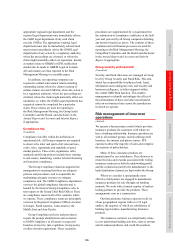 157
157 -
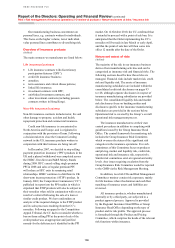 158
158 -
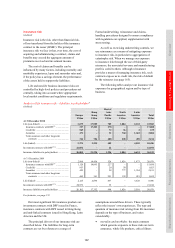 159
159 -
 160
160 -
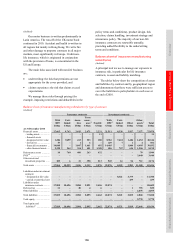 161
161 -
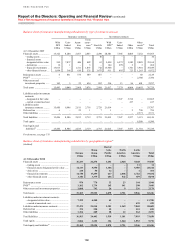 162
162 -
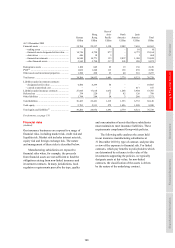 163
163 -
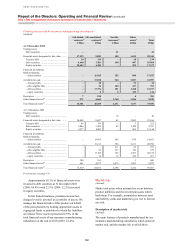 164
164 -
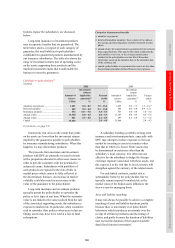 165
165 -
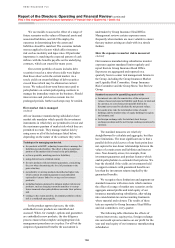 166
166 -
 167
167 -
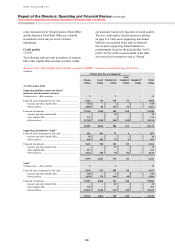 168
168 -
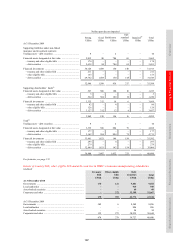 169
169 -
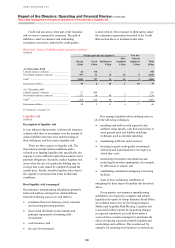 170
170 -
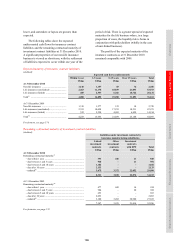 171
171 -
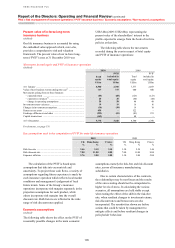 172
172 -
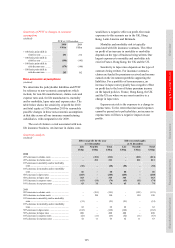 173
173 -
 174
174 -
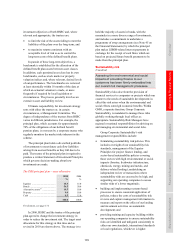 175
175 -
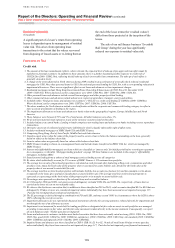 176
176 -
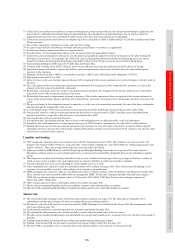 177
177 -
 178
178 -
 179
179 -
 180
180 -
 181
181 -
 182
182 -
 183
183 -
 184
184 -
 185
185 -
 186
186 -
 187
187 -
 188
188 -
 189
189 -
 190
190 -
 191
191 -
 192
192 -
 193
193 -
 194
194 -
 195
195 -
 196
196 -
 197
197 -
 198
198 -
 199
199 -
 200
200 -
 201
201 -
 202
202 -
 203
203 -
 204
204 -
 205
205 -
 206
206 -
 207
207 -
 208
208 -
 209
209 -
 210
210 -
 211
211 -
 212
212 -
 213
213 -
 214
214 -
 215
215 -
 216
216 -
 217
217 -
 218
218 -
 219
219 -
 220
220 -
 221
221 -
 222
222 -
 223
223 -
 224
224 -
 225
225 -
 226
226 -
 227
227 -
 228
228 -
 229
229 -
 230
230 -
 231
231 -
 232
232 -
 233
233 -
 234
234 -
 235
235 -
 236
236 -
 237
237 -
 238
238 -
 239
239 -
 240
240 -
 241
241 -
 242
242 -
 243
243 -
 244
244 -
 245
245 -
 246
246 -
 247
247 -
 248
248 -
 249
249 -
 250
250 -
 251
251 -
 252
252 -
 253
253 -
 254
254 -
 255
255 -
 256
256 -
 257
257 -
 258
258 -
 259
259 -
 260
260 -
 261
261 -
 262
262 -
 263
263 -
 264
264 -
 265
265 -
 266
266 -
 267
267 -
 268
268 -
 269
269 -
 270
270 -
 271
271 -
 272
272 -
 273
273 -
 274
274 -
 275
275 -
 276
276 -
 277
277 -
 278
278 -
 279
279 -
 280
280 -
 281
281 -
 282
282 -
 283
283 -
 284
284 -
 285
285 -
 286
286 -
 287
287 -
 288
288 -
 289
289 -
 290
290 -
 291
291 -
 292
292 -
 293
293 -
 294
294 -
 295
295 -
 296
296 -
 297
297 -
 298
298 -
 299
299 -
 300
300 -
 301
301 -
 302
302 -
 303
303 -
 304
304 -
 305
305 -
 306
306 -
 307
307 -
 308
308 -
 309
309 -
 310
310 -
 311
311 -
 312
312 -
 313
313 -
 314
314 -
 315
315 -
 316
316 -
 317
317 -
 318
318 -
 319
319 -
 320
320 -
 321
321 -
 322
322 -
 323
323 -
 324
324 -
 325
325 -
 326
326 -
 327
327 -
 328
328 -
 329
329 -
 330
330 -
 331
331 -
 332
332 -
 333
333 -
 334
334 -
 335
335 -
 336
336 -
 337
337 -
 338
338 -
 339
339 -
 340
340 -
 341
341 -
 342
342 -
 343
343 -
 344
344 -
 345
345 -
 346
346 -
 347
347 -
 348
348 -
 349
349 -
 350
350 -
 351
351 -
 352
352 -
 353
353 -
 354
354 -
 355
355 -
 356
356 -
 357
357 -
 358
358 -
 359
359 -
 360
360 -
 361
361 -
 362
362 -
 363
363 -
 364
364 -
 365
365 -
 366
366 -
 367
367 -
 368
368 -
 369
369 -
 370
370 -
 371
371 -
 372
372 -
 373
373 -
 374
374 -
 375
375 -
 376
376 -
 377
377 -
 378
378 -
 379
379 -
 380
380 -
 381
381 -
 382
382 -
 383
383 -
 384
384 -
 385
385 -
 386
386 -
 387
387 -
 388
388 -
 389
389 -
 390
390 -
 391
391 -
 392
392 -
 393
393 -
 394
394 -
 395
395 -
 396
396
 |
 |

165
Overview Operating & Financial Review Governance Financial Statements Shareholder Information
Sensitivity of HSBC’s insurance manufacturing subsidiaries to risk factors
(Audited)
2010 2009
Effect on
profit for
the year
Effect on
total
equity
Effect on
profit for
the year
Effect on
total
equity
US$m US$m US$m US$m
+ 100 basis points parallel shift in yield curves ........................... 72 (132) 68 (82)
– 100 basis points parallel shift in yield curves ........................... (86) 131 (69) 92
10% increase in equity prices ....................................................... 76 76 19 19
10% decrease in equity prices ...................................................... (76) (76) (20) (20)
10% increase in US dollar exchange rate
compared to all currencies ....................................................... 21 21 20 20
10% decrease in US dollar exchange rate
compared to all currencies ....................................................... (21) (21) (20) (20)
Sensitivity to credit spread increases ........................................... (31) (74) (36) (91)
Where appropriate, we include the impact of the
stress on the PVIF in the results of the stress tests.
The relationship between the values of certain assets
and liabilities and the risk factors may be non-linear
and, therefore, the results disclosed cannot be
extrapolated to measure sensitivities to different
levels of stress. The sensitivities are stated before
allowance for the effect of management actions
which may mitigate changes in market rates, and for
any factors such as policyholder behaviour that may
change in response to changes in market risk.
Credit risk
(Audited)
Description of credit risk
Credit risk can give rise to losses through default
and can lead to volatility in our income statement
and balance sheet figures through movements in
credit spreads, principally on the US$43.3bn (2009:
US$40.5bn) non-linked bond portfolio.
As tabulated above, the sensitivity of the net
profit after tax of our insurance subsidiaries to the
effects of increases in credit spreads is a fall of
US$31m (2009: US$36m fall). This is small because
51.4% of the financial assets held by our insurance
subsidiaries are classified as either held to maturity
or available for sale, and consequently any changes
in the fair value of these financial investments,
absent impairment, would have no impact on the
profit after tax. We calculate the sensitivity using
simplified assumptions based on a one-day
movement in credit spreads over a two-year period.
A confidence level of 99%, consistent with our
Group VAR, is applied. While credit spreads have
generally widened from the levels observed at the
end of 2009, the volatility experienced during 2010
was lower than that seen in 2009, leading to a
reduction in our sensitivity to credit spread
movements.
We used to sell certain unit-linked life insurance
contracts which were reinsured with a third-party
counterparty, who also underwrote market return
guarantees. We are exposed to credit risk to the
extent that the counterparty is unable to meet the
terms of the guaranteed benefits. The cost to us of
market return guarantees increases when interest
rates fall, equity markets fall or market volatility
increases. In addition, when determined by reference
to a discounted cash flow model in which the
discount rate is based on current interest rates,
guarantee costs increase in a falling interest rate
environment. The sale of these contracts ceased in
2008, reflecting our adjusted risk appetite.
How credit risk is managed
Our exposure to credit risk products is included in
the tables showing exposures to life and non-life
insurance risk on pages 157 to 159. Our insurance
manufacturing subsidiaries are responsible for the
credit risk, quality and performance of their
investment portfolios. Our assessment of the
creditworthiness of issuers and counterparties is
based primarily upon internationally recognised
credit ratings and other publicly available
information.
Investment credit exposures are monitored
against limits by our local insurance manufacturing
subsidiaries, and are aggregated and reported to
Group Credit Risk, the Group Insurance Credit Risk
Meeting and the Group Insurance Risk Committee.
Stress testing is performed by Group Insurance Head
Office on the investment credit exposures using
credit spread sensitivities and default probabilities.
The stresses are reported to the Group Insurance
Risk Committee.
We use a number of tools to manage and
monitor credit risk. These include an Early Warning
Report and a watch list of investments with current
credit concerns which are circulated fortnightly to
